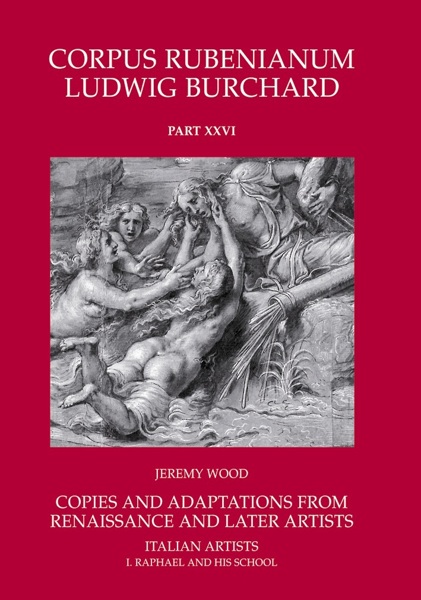
- Pages:2 vols, 680 p.
- Size:175 x 260 mm
- Illustrations:340 b/w, 150 col.
- Language(s):English
- Publication Year:2021
- € 250,00 EXCL. VAT RETAIL PRICE
- ISBN: 978-1-912554-65-2
- Hardback
- Available
“This was a difficult assignment which has been very successfully achieved.” (Christopher Brown, in Historians of Netherlandish Art Review, January 2022)
This book is devoted to a remarkable aspect of Rubens’s painted production. It investigates and catalogues not only works that Ludwig Burchard (1886–1960) gathered into the category of ‘Study Heads’, but also head studies by artists closely connected to Rubens’s workshop which were demonstrably used in his paintings. The existence of a stock of study heads or tronies allowed Rubens and his collaborators to exploit the same figures in many different contexts and create satisfying variety among the numerous characters involved in mythological, biblical or historical scenes. In Rubens’s work, study heads constitute an exceptional type of painting in that they were created not as autonomous works of art, but as a means to an end, an indispensable part of his artistic practice. Yet, even in this marginal category of work, Rubens achieves maximum artistic expression with an economy of means, as for example in the iconic Four Studies of the Head of an African Man in the Brussels Museum.
The originals of the study heads remained together until the sale of Rubens’s possessions at his death in 1640. Over the centuries, many of Rubens’s tronies have undergone transformation. Panels featuring several heads were cut up quite early on to be sold as separate pictures on the art market, and some tronies were converted by later artists into specific characters or even genre scenes by adding extra planks of wood and giving the heads distinctive clothes and attributes. This book aims to reconstruct as far as possible the original appearance of Rubens’s tronies, aided by the evidence of copies and technical research on the works themselves.





